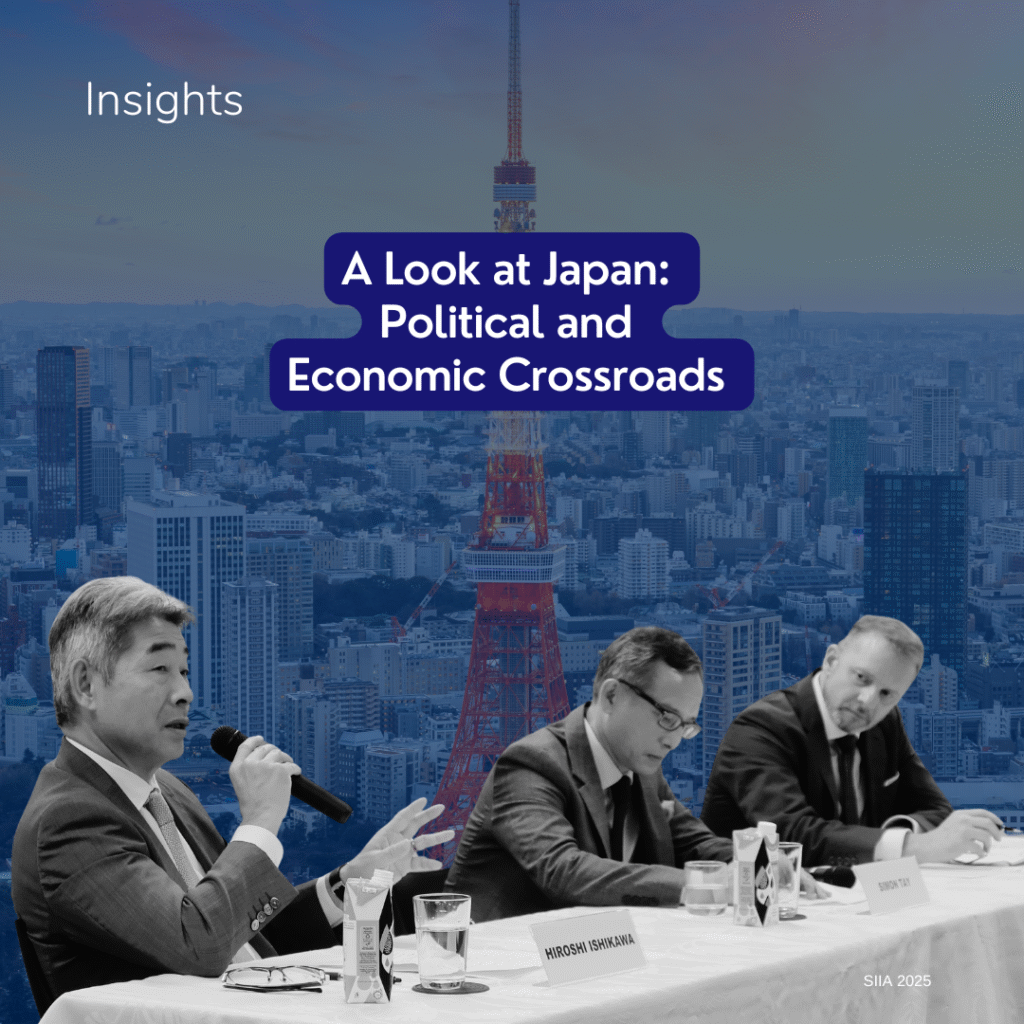In the three months since the first COVID-19 cases were reported in ASEAN, governments have implemented many policies to “flatten the curve” of new infections. These efforts have been of varying effectiveness, and some countries have emerged as success stories. Yet, governments should remain vigilant for a second wave of infections, and to mitigate the impact of the virus on their economies. We held an online seminar on 23 April 2020 with Professor Tikki Pangestu, Visiting Professor at the Lee Kuan Yew School of Public Policy and Mr Manu Bhaskaran, Director and CEO of Centennial Asia Advisors and SIIA Council Member to discuss the COVID-19 outbreak and its implications.
The session was moderated by Associate Professor Simon Tay, Chairman of the Singapore Institute of International Affairs. A summary of the points discussed can be found below.
Success Stories and Cautionary Tales
Vietnam, Thailand, Malaysia, Hong Kong and (until recently) Singapore were countries that most successfully handled their outbreaks. They typically fulfilled four criteria with their policies: rapid and extensive testing, isolation and quarantine protocols, contact tracing and the implementation of movement restrictions and social distancing. Social capital, or trust in a country’s government, helped in the cases of Singapore and Vietnam. In contrast, Indonesia and the Philippines are expected to face serious challenges in combating COVID-19 due to a lack of policy uniformity.
Given the diverse conditions across ASEAN, there is no “one-size-fits-all” policy solution to COVID-19. Social capital and good governance can support policy solutions. However, until a vaccine is available in 12 to 18 months, governments must continue to be responsive, and cooperate with neighbouring countries to bring the outbreak under control.
A Bad Q2, But Light At the End
COVID-19’s economic impact is unlike the sudden shocks in the financial sector that characterised the financial crises in 1997 and 2008. It is more like a doctor inducing a coma to let a patient recover, while keeping their “organs” (key sectors) functioning. There are many risks ahead, ranging from financial risks such as capital outflows to downward spirals sparked by mass layoffs. The second quarter of 2020 is expected to be abysmal for the global economy, with ASEAN likely to go into recession. However, by providing support to vulnerable segments of the population, preventing mass layoffs and preserving capacity, governments can position their economies for a strong recovery.
Looking Ahead
It is possible that COVID-19 could become a new normal like the seasonal flu. However, the lessons of the outbreak are important. Governments must retain robust health systems to detect and respond to future pandemics, including the use of technology to improve contact tracing abilities. Strategic decisions such as maintaining a stockpile of protective equipment should supersede economic considerations, especially since supply chains can be disrupted in a crisis. Even beyond this outbreak, governments should err on the side of caution when it comes to public health issues.







